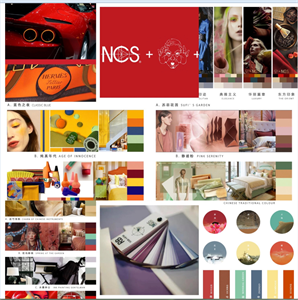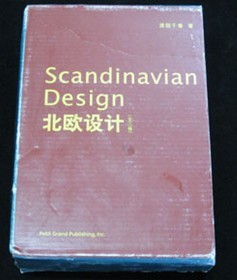期刊雜志全年訂閱
- 新刊暫停訂閱 美國《室內(nèi)設(shè)計(jì)》中文版
- 停止訂閱!美國《今日家具》中文版
- ID+FT+FA三刊全年合訂1056元超值優(yōu)惠
- 美國室內(nèi)設(shè)計(jì)中文版+美國今日家具全年訂閱756元現(xiàn)優(yōu)惠價(jià)
- 美國《今日家具》中文版雙月刊零訂
- 美國《今日家具》中文版過刊優(yōu)惠6期隨機(jī)需求從速
期刊雜志零售
- 新刊暫停訂閱 美國《室內(nèi)設(shè)計(jì)》中文版
- 停止訂閱!美國《今日家具》中文版
- ID+FT+FA三刊全年合訂1056元超值優(yōu)惠
- 美國室內(nèi)設(shè)計(jì)中文版+美國今日家具全年訂閱756元現(xiàn)優(yōu)惠價(jià)
- 美國《今日家具》中文版雙月刊零訂
- 美國《今日家具》中文版過刊優(yōu)惠6期隨機(jī)需求從速
建筑\室內(nèi)類圖書
- 外版期刊
- 平面設(shè)計(jì)類
- 《亞洲軟裝趨勢(shì)報(bào)告 2014-2015》
- 《亞洲軟裝趨勢(shì)報(bào)告 2015-2016》
- 美國《今日家具》中文版雙月刊
- NCS+戴昆聯(lián)名色彩卡
- 《亞洲軟裝趨勢(shì)報(bào)告 2016-2017》
- 建筑類圖書
- 室內(nèi)類圖書
- 景觀類圖書
- 地產(chǎn)類圖書
- 酒店類圖書
- 合訂本
- 其他類圖書
聯(lián)系我們
感謝各位讀者朋友對(duì)美國《室內(nèi)設(shè)計(jì)》中文版雜志、美國《今日家具》中文版雜志的支持與信賴,本公司為各位讀者訂戶提供代理訂閱原版進(jìn)口書刊和設(shè)計(jì)類圖書服務(wù),有訂閱采購需求的朋友可以聯(lián)系我們,為各位訂戶朋友提供最新、最好的前沿設(shè)計(jì)書刊和資訊。
北京亞視鳳凰廣告有限公司
聯(lián)系人:
孟波:13241993732
QQ:270460466
張淑媛: 13801282266
世界都市發(fā)行部
地址:北京市朝陽區(qū)廣順北大街5號(hào)融創(chuàng)動(dòng)力科技文化創(chuàng)意產(chǎn)業(yè)園B座B126室。
 您的位置 :首頁 » 網(wǎng)上訂閱 » 景觀細(xì)部集成
您的位置 :首頁 » 網(wǎng)上訂閱 » 景觀細(xì)部集成
其他相關(guān)書籍
-

NCS+戴昆聯(lián)名色彩卡
260.00元

-

Display Commercial Space Vol.40
480.00元

-

北歐設(shè)計(jì)(3冊(cè)/套)
260.00元

-

IF PRODUCT AWARD
995.00元

